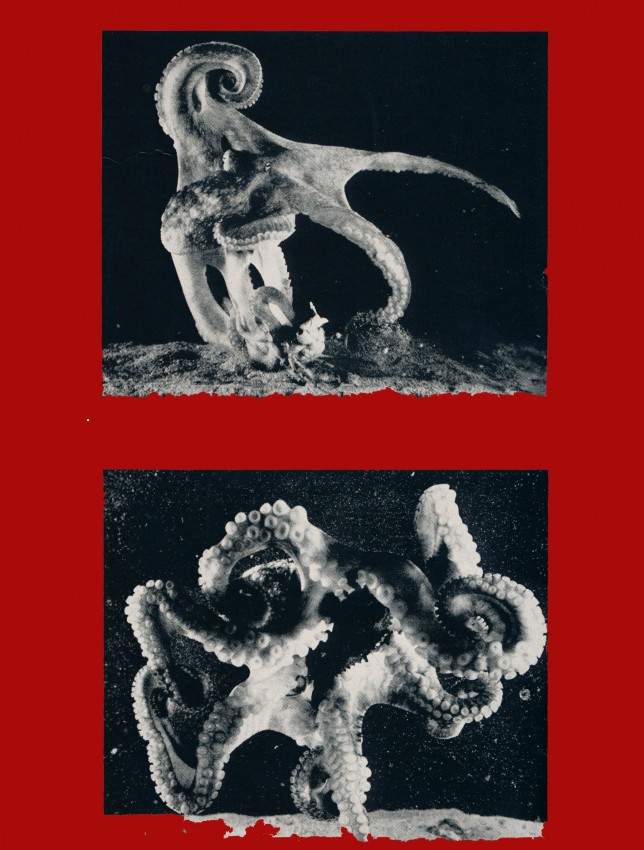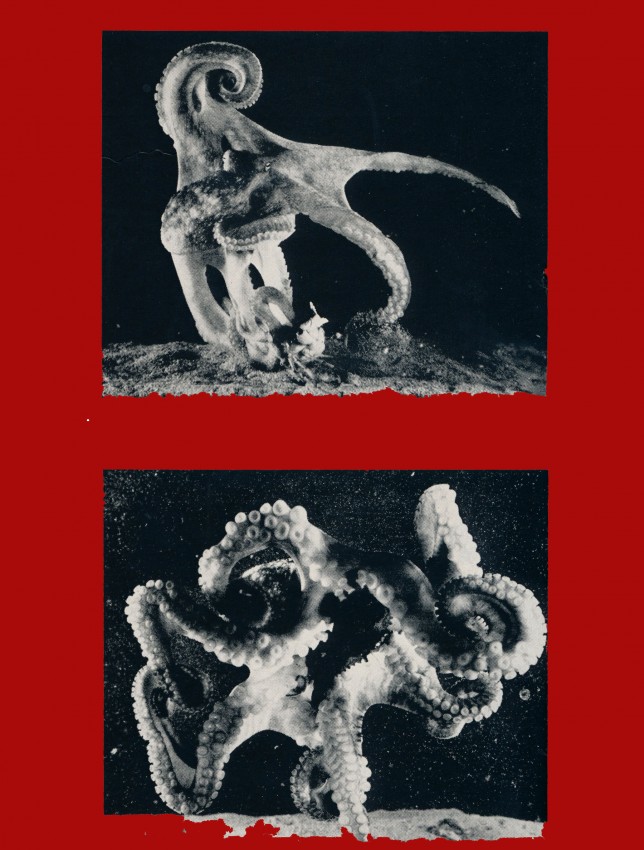“Suddenly we are on that greyish borderland between science and philosophy, where everything depends on how one defines such things as ‘pain,’ ‘sentience,’ and ‘awareness’ in animals when humans have themselves barely begun exploring the nature of their own consciousness. It is a hoary truism that we can never know what it is like to be someone else, not even a close relative, let alone a foreigner. When it comes to animals, no amount of anthropomorphism can bridge the ontological gulf. We will never have a dog’s view of dogness . . .”
–James Hamilton-Paterson, from “Do Fish Feel Pain?” ♥Add a Tooltip Text
If a hoary truism is an age-old and oft-stated truth, I don’t find a hoary truism in this passage. I think people like to pretend the exact opposite, that they know exactly how other people feel inside their individual skins. We have a hard time imagining otherwise. And most folks don’t like to admit that we can’t really truly feel another person’s pain, that each human being is trapped in a psychological bell-jar and if you can’t hack it, you had better find a source of comfort under your own glass.
(This is where we would talk about GOD if we were allowed to talk about GOD.)
I think most people also like to believe they have more than their share of empathy and compassion–but not enough to handicap them at the office.
We can certainly all agree that the best candidate to understand another person’s suffering is someone who is experiencing the same exact problem, ailment, heartache, or challenge. Or someone who went through it recently enough that the wounds and feelings are still fresh. So the healing comes from each of the sufferers knowing his or her own pain, and knowing that someone else has a similar version of the same thing, which is of course different from “being” someone else, but it works.
In the photo, a big scary octopus is about to put a blue crab out of its misery. The crab is beyond help. It’s terminal.


